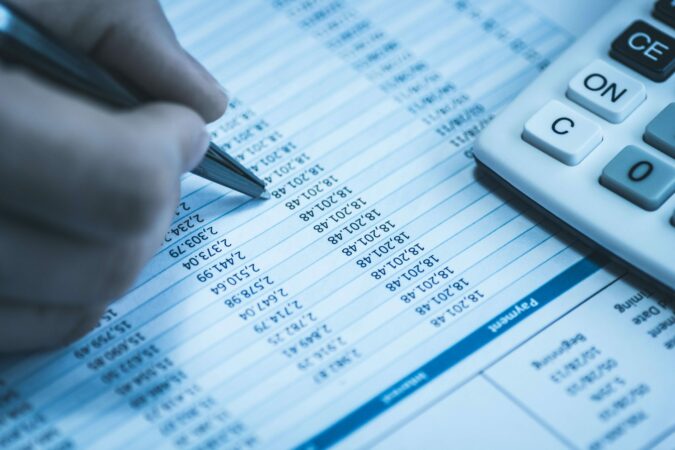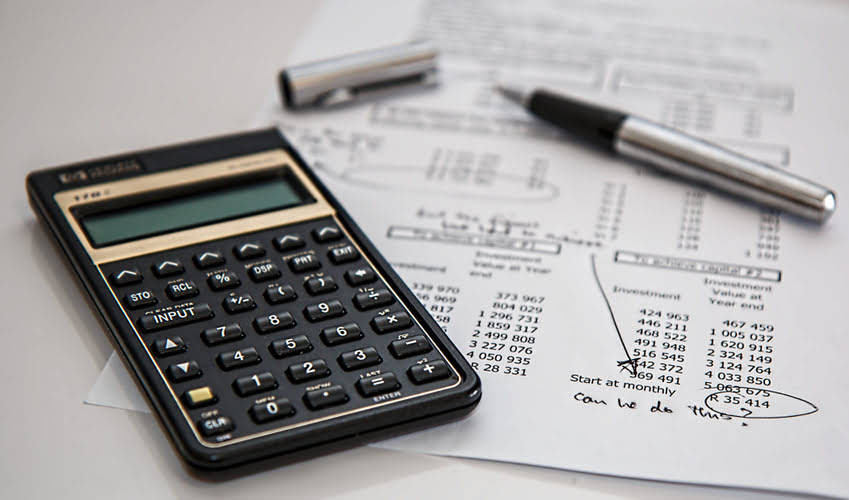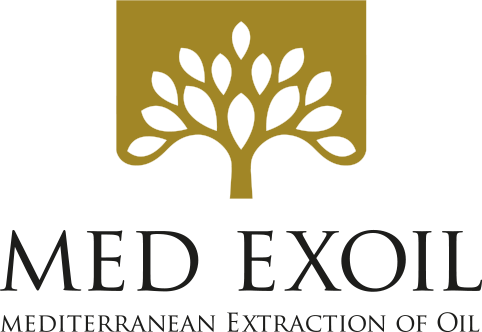
For such companies, inventory forms an important asset on their company balance sheet. The gross margin, resulting from the specific identification periodic cost allocations of $7,260, is shown in Figure 10.6. Being largely dependent on the value of inventory items, the Cost of Goods Sold varies by which inventory valuation method a company uses. There are four main inventory valuation methods that each affect COGS in their own way, also making them instrumental in leveraging net income. For manufacturers and distributors alike, keeping a keen eye on COGS depends to a large extent on a good overview of one’s inventory. This is a prime reason why rigorous inventory management practices and accurate inventory tracking are essential in ensuring a company’s financial health.
Cost of Goods Sold (COGS) Explained With Methods to Calculate It
Inventory decreases because, as the product sells, it will take away from your inventory account. When calculating COGS, the first step is to determine the beginning cost of inventory and the ending cost of inventory for your reporting period. Some service providers, however, also offer secondary products to customers. Airlines provide food and beverages to passengers, and hotels might sell souvenirs and spa products. For example, a manufacturer like a toy company would have COGS that include the cost of plastic and other materials used in manufacturing, as well as the wages of factory workers.
Accounting for Cost of Goods Sold

Our partners cannot pay us to guarantee favorable reviews of their products or services. Under the matching principle of accrual accounting, each cost must be recognized in the same period as when the revenue was earned. The categorization of expenses into COGS or operating expenses (OpEx) is entirely dependent on the industry in question.

COGS vs. expenses

Typically this would be a month, or a quarter, or a year, but it could be any period you choose. Then, the cost to produce its jewellery throughout the year adds to the starting value. These costs could include raw material costs, labour costs, and shipping of jewellery to consumers. To find the COGS, a company must find the value of its inventory at the beginning of the year, which is the value of inventory at the end of the previous year. Poor assessment of your COGS can impact how much tax you’ll pay or overpay. It can also impact your borrowing ability when you are ready to scale up your business.

Since the Cost of Goods Sold formula calculates the cost ONLY for the items sold, we should not add shipping charges for the 30 laptops in the warehouse. Let us calculate the Cost of Goods Sold, or COGS, using the formula we defined above. We will use the same scenario with FIFO and LIFO to understand how COGS changes with the inventory valuation method. There are hidden inventory costs as well that you may want to include in this category. COGS also appears in, and impacts your income statement, and hence overall profitability. By understanding COGS and the methods of determination, you can make informed decisions about your business.
- Companies manufacturing or handling expensive, easily distinguishable items can successfully use this valuation method.
- When use properly, however, COGS is a useful calculation for both management and external users to evaluate how well the company is purchasing and selling its inventory.
- For the 120 remaining items in inventory, the value of 20 items is $15/item, and the value of 100 items is $20/item.
- Although COGS can help businesses monitor their direct costs and identify cost-saving measures, it also has limitations.
- On the first day of the month, the company has a beginning inventory of backpacks that cost $1,000,000 to manufacture from material and labor.
- It does not include indirect expenses, such as sales force costs and distribution costs.
What type of account is cost of goods sold on an income statement?
Some software can even help you decide on an inventory accounting method by showing which is most advantageous for you. Learn more about the different methods below and keep reading for our accounting software recommendations. In practice, there are at least four accounting cost of goods sold methods for determining COGS. Companies can choose from any of these, but they need to be consistent once they choose. And while it can be difficult for companies to decide, which method they use can have a considerable impact on profitability, as well as tax consequences.
Calculation for the Ending Inventory Adjustment under Periodic/Specific Identification Methods
- For instance, an outsourced accounting company would likely include its accounting software subscription as part of its direct costs.
- These include Specific Identification, First-In-First-Out (FIFO), and Weighted Average Cost Methods.
- If your business sells products, you need to know how to calculate the cost of goods sold.
- COGS represents the actual costs incurred to produce and sell goods, so it should always be a positive value or zero.
- Cost of sales and COGS are key metrics in analyzing business profitability.
- If you’re a manufacturer, you need to have an understanding of your cost of goods sold, and how to calculate it, in order to determine if your business is profitable.

Laisser un commentaire